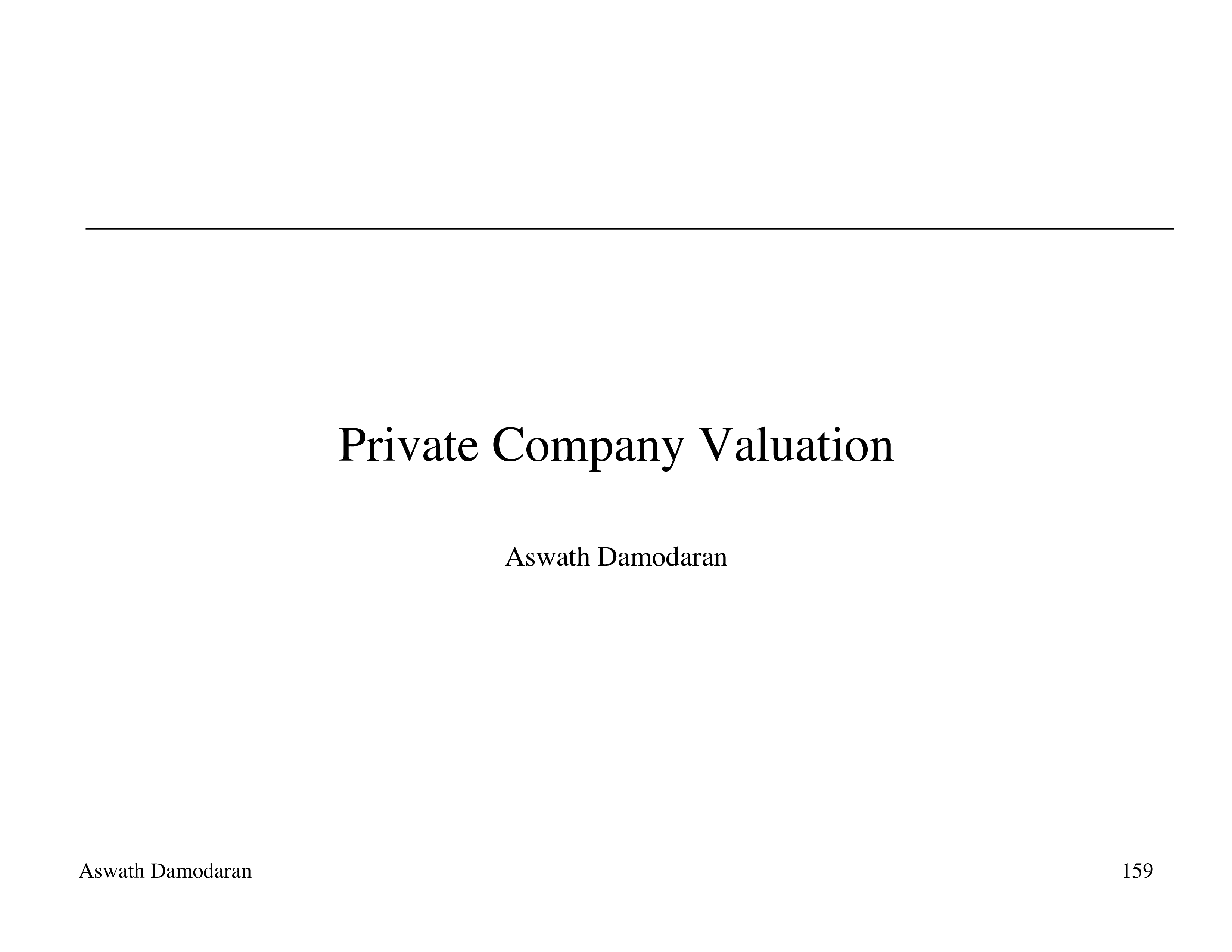Private Company Valuation Examle

Speichern, ausfüllen, drucken, fertig!
How to create a Private Company Valuation Examle? Download this Private Company Valuation Examle template now!
Verfügbare Gratis-Dateiformate:
.pdf- Dieses Dokument wurde von einem Professional zertifiziert
- 100% anpassbar
Business Unternehmen Finance Finanzen Value Wert Equity Eigenkapital Firm Feste Private Privatgelände Company Valuation Examples Beispiele für die Unternehmensbewertung
Whether you manage the finances at your work or at home, adequate communication is essential. Accurately keeping track of financial data is not only critical for running the day-to-day operations of your small business, but it is also important when seeking funds from investors or lenders to grow your business to the next level. Having correct and accurate information exchange, enables and ensures you, you are able to make the right decisions. For those working in Finance, it's important to be accurate and always double-check every detail.
Feel free to download our basic or advanced finance templates, they are intuitive and in several kinds of formats, such as PDF, WORD, PPT, XLS (Excel includes formulas and can calculate sums automatically), etc.
Using this Private Company Valuation Examle financial template guarantees that you will save time, cost and efforts and enables you to reach the next level of success in your project, education, work, and business!
Download this professional Private Company Valuation Examle template now!
Looking for more? Our collection of financial documents, templates, forms, and spreadsheets includes templates designed specifically for small business owners, private individuals, or Finance Staff. Find financial projections to calculate your startup expenses, payroll costs, sales forecast, cash flow, income statement, balance sheet, break-even analysis, financial ratios, cost of goods sold, amortization and depreciation for your company. These financial templates also work with OpenOffice and Google Spreadsheets, so if you are operating your business on a very tight budget, hopefully, you'll be able to make these financial templates work for you as well.
• Levered beta = 2.36 (1 + (1-.4) (.1433)) = 2.56 • Cost of equity =4.25 + 2.56 (4 ) = 14.50 (T Bond rate was 4.25 at the time 4 is the equity risk premium) Aswath Damodaran 172 Estimating a cost of debt and capital While the firm does not have a rating or any recent bank loans to use as reference, it does have a reported operating income and lease expenses (treated as interest expenses) • Coverage Ratio = Operating Income/ Interest (Lease) Expense = 400,000/ 120,000 = 3.33 • Rating based on coverage ratio = BB+ Default spread = 3.25 • After-tax Cost of debt = (Riskfree rate + Default spread) (1 – tax rate) = (4.25 + 3.25 ) (1 - .40) = 4.50 To compute the cost of capital, we will use the same industry average debt ratio that we used to lever the betas.. Silber related the size of the discount to characteristics of the offering: LN(RPRS) = 4.33 +0.036 LN(REV) - 0.142 LN(RBRT) + 0.174 DERN + 0.332 DCUST RPRS = Relative price of restricted stock (to publicly traded stock) REV = Revenues of the private firm (in millions of dollars) RBRT = Restricted Block relative to Total Common Stock in DERN = 1 if earnings are positive 0 if earnings are negative DCUST = 1 if there is a customer relationship with the investor 0 otherwise Aswath Damodaran 180 Cross sectional differences in Illiquidity: Extending the Silber regression Figure 24.1: Illiquidity Discounts: Base Discount of 25 for profitable firm with 10 million in revenues 40.00 35.00 Discount as of Value 30.00 25.00 20.00 15.00 10.00 5.00 0.00 5 10 15 20 25 30 35 40 45 50 100 200 300 400 500 1000 Revenues Profitable firm Aswath Damodaran Unprofitable firm 181 The IPO discount: Pricing on pre-IPO transactions (in 5 months prior to IPO) Aswath Damodaran 182 The “sampling” problem With both restricted stock and the IPO studies, there is a significant sampling bias problem.. Aswath Damodaran 190 InfoSoft: A Valuation Current Cashflow to Firm Reinvestment Rate EBIT(1-t) : 2,933 106.82 - Nt CpX 2,633 - Chg WC 500 =
HAFTUNGSAUSSCHLUSS
Nichts auf dieser Website gilt als Rechtsberatung und kein Mandatsverhältnis wird hergestellt.
Wenn Sie Fragen oder Anmerkungen haben, können Sie sie gerne unten veröffentlichen.
